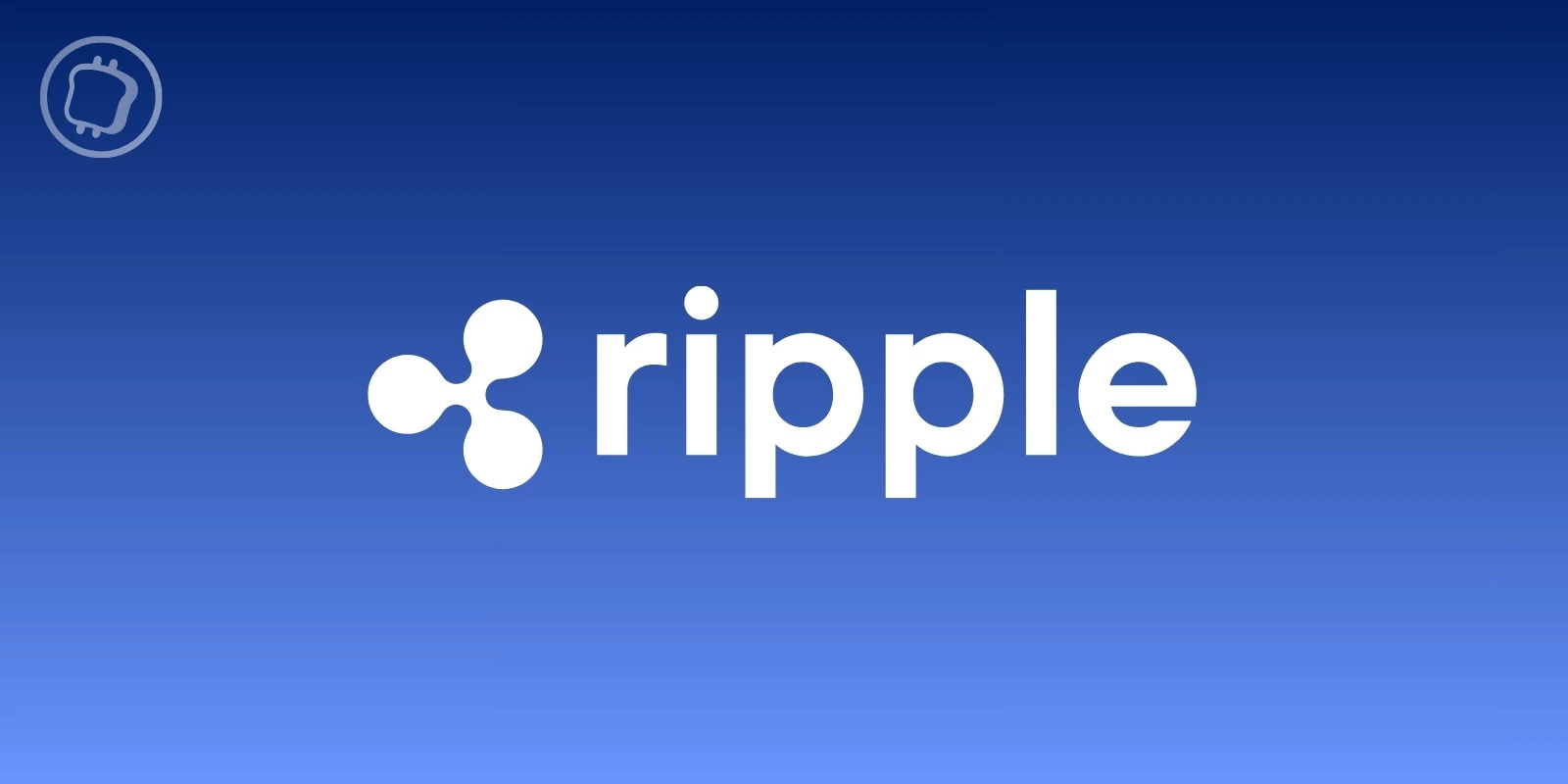Cardano Community Approves $71 Million Funding for Potential Network Upgrades Including Hydra and Project Acropolis
The Cardano community has approved a $71 million ADA treasury allocation to fund vital network upgrades, including Hydra and Project Acropolis, aimed at boosting scalability, reducing transaction costs, and improving developer accessibility. Cardano treasury allocates 96 million ADA (~$71 milli

The Cardano community has approved a $71 million ADA treasury allocation to fund vital network upgrades, including Hydra and Project Acropolis, aimed at boosting scalability, reducing transaction costs, and improving developer accessibility.
-
Cardano treasury allocates 96 million ADA (~$71 million) for network enhancements.
-
Hydra will increase transaction speeds and lower fees through Layer 2 scaling.
-
Project Acropolis modularizes the Cardano node, simplifying developer onboarding and future upgrades.
Cardano network upgrades funded by $71M ADA treasury boost scalability and developer access. Discover how Hydra and Acropolis transform Cardano’s future.
How Did Cardano Secure $71 Million for Network Upgrades?
The Cardano community approved a treasury allocation of 96 million ADA, valued at approximately $71 million, to support essential network upgrades. This decision reflects Cardano’s decentralized governance model, where ADA holders vote on funding proposals. With 74% of 213 votes in favor, the community empowered Input Output Global (IOG) to advance projects that enhance scalability and developer experience.
What Role Does Decentralized Governance Play in Cardano’s Upgrades?
Cardano’s treasury system allows token holders to influence development funding directly, fostering collective ownership. Unlike centralized models, this approach ensures that upgrades like Hydra and Project Acropolis align with community priorities, reinforcing trust and transparency in the network’s evolution.

What Are the Key Features of Hydra in Cardano Network Upgrades?
Hydra is a Layer 2 scaling solution designed to increase Cardano’s transaction throughput and reduce fees. It achieves this by creating multiple “Hydra heads” that process transactions off-chain while maintaining security through the mainnet. This results in near-instant finality, lower costs, and horizontal scalability, enabling Cardano to support large-scale decentralized applications efficiently.
How Does Hydra Improve Transaction Speed and Cost?
By processing transactions off the main blockchain, Hydra significantly reduces network congestion. Each Hydra head can handle thousands of transactions per second, potentially surpassing traditional payment systems. This leads to lower transaction fees and a smoother user experience, critical for mass adoption.
Why Is Project Acropolis Vital for Cardano’s Developer Ecosystem?
Project Acropolis focuses on modularizing the Cardano node architecture. This redesign breaks the node into independent components, making it easier for developers to contribute, maintain, and upgrade specific parts without affecting the entire system. This modularity lowers barriers for new developers and accelerates future network upgrades.
What Benefits Does Modularity Bring to Cardano Network Upgrades?
Modularity enhances flexibility, maintainability, and security. Developers can quickly fix bugs or add features to individual modules, improving overall network resilience. This approach future-proofs Cardano, allowing seamless integration of new technologies and attracting a broader developer base.
| Aspect | Current State | Expected Impact After Upgrades |
|---|---|---|
| Transaction Speed | Limited by Layer 1 throughput | Millions of TPS via Hydra heads |
| Transaction Costs | Relatively low but variable | Near-zero for off-chain transactions |
| Developer Onboarding | Complex monolithic node | Simplified modular design |
| Network Flexibility | Dependent on full node updates | Increased adaptability and feature integration |
| Decentralization | Strong but limited developer diversity | Enhanced by broader developer participation |
What Impact Will These Cardano Network Upgrades Have?
The $71 million investment will enhance user experience by enabling faster, cheaper transactions and support developers with a more accessible environment. These upgrades position Cardano to compete more effectively with other Layer 1 blockchains and attract institutional interest, increasing ADA’s utility and adoption.
How Will the Community Navigate Challenges Ahead?
Implementing Hydra and Project Acropolis involves complex development requiring rigorous testing and coordination. Cardano’s methodical approach and strong community governance provide a solid foundation to overcome technical and organizational challenges, ensuring sustainable progress.
Frequently Asked Questions
What is the Cardano treasury and how does it fund network upgrades?
The Cardano treasury is a community-managed fund sourced from transaction fees and block rewards. ADA holders vote on proposals to allocate these funds for development projects, including network upgrades, ensuring decentralized control over Cardano’s evolution.
What exactly is Hydra and why is it important for Cardano?
Hydra is a Layer 2 scaling solution that increases transaction throughput and lowers fees by processing transactions off-chain in “Hydra heads,” enabling Cardano to handle high volumes efficiently and support widespread adoption.
What is Project Acropolis and how does it help developers?
Project Acropolis modularizes the Cardano node, breaking it into smaller components. This simplifies development, allowing contributors to focus on specific modules, accelerating innovation and future upgrades.
Why is community approval essential for these upgrades?
Community approval ensures that treasury spending aligns with ADA holders’ priorities, fostering transparency, trust, and decentralized governance in Cardano’s development.
How will these Cardano network upgrades benefit ADA holders?
Upgrades will deliver faster, cheaper transactions and a richer developer ecosystem, increasing Cardano’s utility and potentially enhancing ADA’s long-term value.
What’s the timeline for these Cardano network upgrades?
Development is ongoing with phased implementation. Progress updates are shared regularly, but exact completion depends on testing and technical challenges.
Key Takeaways
- Community-Driven Funding: Cardano’s treasury empowers ADA holders to decide on network upgrade investments.
- Hydra Enhances Scalability: Layer 2 solution increases transaction speed and lowers costs significantly.
- Project Acropolis Modularizes Development: Simplifies node architecture, fostering innovation and easier upgrades.
Conclusion
The Cardano community’s approval of a $71 million ADA treasury allocation marks a pivotal step in advancing network scalability and developer accessibility. With Hydra and Project Acropolis leading the upgrades, Cardano is set to enhance transaction efficiency and foster a vibrant developer ecosystem. This investment exemplifies decentralized governance in action, positioning Cardano for sustained growth and broader adoption in the competitive blockchain landscape.
Don't forget to enable notifications for our Twitter account and Telegram channel to stay informed about the latest cryptocurrency news.
Delegate Your Voting Power to FEED DRep in Cardano Governance.
DRep ID: drep12ukt4ctzmtf6l5rj76cddgf3dvuy0lfz7uky08jfvgr9ugaapz4 | We are driven to register as a DRep by our deep dedication to the Cardano ecosystem and our aspiration to take an active role in its development, ensuring that its progress stays true to the principles of decentralization, security, and community empowerment.DELEGATE VOTING POWER!







